Straight stitch finish
This is a very easy finish for an open seam. Simply stitch evenly in a line down each side of the seam allowance. Trim as close as possible to the stitching to remove the excess fabric.
Zig zag stitch finish
Another very easy finish for an open seam. Simply zig zag stitch in a line down each side of the seam allowance. Again, trim as close as possible to the stitching to remove the excess fabric.
Pinked finish
Houston, there was a problem: the pinking shears were blunt! I will amend this post when they have been sharpened. The general idea is however, that you cut the raw edge of the seam allowance with pinking shears. Its a finish that works best on fabric that isn't prone to raveling.
Clean finish edge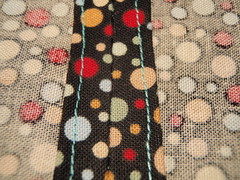
Slightly fiddly, but still an easy edge finish. Turn the raw edges of each side of the seam allowance under. Stitch close to the edge of the fold (perhaps a little straighter than I did!). This finish is excellent for fabrics that fray easily. Its not, however, suitable for heavyweight fabrics, as it makes the seam too bulky.
Overcast finish, by hand
(also known as overedging)
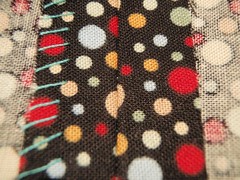
This finish is sewn by hand. Make small slanted stitches down the length of the raw edge of each seam allowance. The more prone the fabric is to fraying the closer you will need to make the stitches. So is it easy? All I can say is .... Good Gordon Highlanders, hand stitching is like, soooo not my thing. As you can see I left one side unfinished! So, when to use it? This type of edge finish is often used in couture garments. For the home sewist, it would be handy for tricky corners or where you wanted a very soft finish on the seam.
Overcast finish by machine
(also known as overedging)
This is a machined version of the previous finish, using a zig zag stitch. Sew right on the raw edge of the seam allowance. Carefully guide the fabric so that the needle falls just off the raw edge as it passes right. Some sewing machines have a special overcasting stitch/setting and/or presser foot - check your manual for details. I read in a number of places that a three-step zig zag stitch is the best for overcasting, as it helps the seam stay nice and flat. I tried it in the example above and thought that the finish was better than a plain zig zag.
Conclusion
All the finishes were quite easy to produce .... though of course the hand overcasting was the slowest! The clean finish edge would be the most durable - I saw no subsequent fraying. Where you have a finish that involves trimming the raw edge (straight and zig zag stitch finished) its important to do this as close as possible to stitching without cutting into it. The further away you cut, the more fraying you will get.
For the best combination of speed and durability I quite liked using machine overcasting.
Did you seam-along this week? Which is your favourite?
Next Wednesday: Stay tuned next week, when French seams (including mock French seams) will be on show. Read more about French seams via Google.

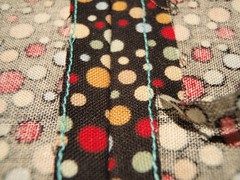
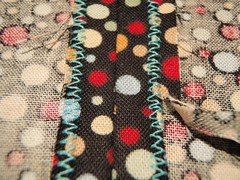
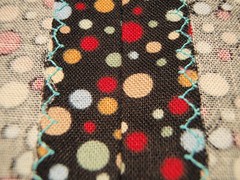


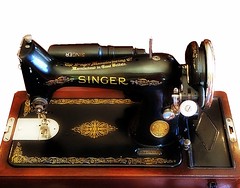


Interesting. Thanks for the lesson! I always use the machine overcasting as it is what my mum showed me that fateful day in Feb 2008 when she showed me some sewing basics. I do have pinking shears too which I use when I am feeling a bit lazier. As for sewing seam finishes by hand... I am with you.
ReplyDeleteI quite dig the look of the hong kong seam. I'm hoping somewhere in the series you touch on this one.
ReplyDeleteI had no idea that there were so many options...sheesh!
ReplyDeleteI'm loving this because it's always fantastic to learn something new.
Thanks for doing all the hard work for me : ) It's great to see all these seams in one place. Thanks!
ReplyDeleteMy personal arsenal includes the French seam, the machine overcast edges, the mock flat fell, and, my newest super favorite, run the whole mess through the serger. :p
ReplyDelete(I happen to really like handwork, too, though. Don't hate me. :p )
Excellent first lesson, Miss Liesl!
ReplyDeleteOh goody! I look forward to more of these lessons - seams are my weak point (I'm a very messy seamstress).
ReplyDeleteI just made my first pair of pants. They look great on the outside but the inside is a disaster...fraying fabric everywhere. Tried the zigzag stitch but still some fraying.
ReplyDelete